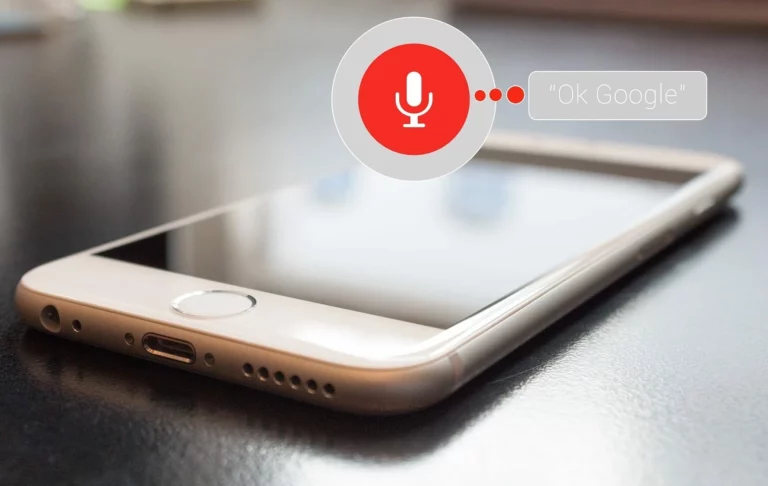Turning Negative Reviews into Positive Outcomes: Strategies for Your Response to Negative Reviews
As a small business owner, it can be difficult to balance running your business and managing your online presence. Unfortunately, negative reviews can pop up on websites like Yelp, TripAdvisor, or Google, and more. If left unaddressed, can damage your reputation and harm your business.
I would be willing to wager every reader of this post, yes including you have used reviews to determine if you should buy a product or visit a business. Unfortunately, negative reviews can often have a greater impact on the minds of potential new customers than a perfect one.
But don’t panic! Responding to negative reviews can be a great opportunity to show potential customers how to handle difficult situations and how much you care about your business and customers.
Your response to negative reviews and to all reviews can result in better reviews in the future as your customers know you take their opinions and experiences seriously. A Harvard study showed just that!
Here are some tips for responding to negative online reviews:
Speed Matters
Respond Quickly When you see a negative review, it’s important to respond as quickly as possible. This shows the customer that you care about their experience and are willing to make things right. It also shows other potential customers that you take customer service seriously.
Also the longer you wait the more upset the customer will feel. This will make the situation even harder to deal with and maybe impossible to satisfy that individual.
Your response to negative reviews should be in a timely manner that is not rushed.

Stay calm and professional
One of the most important things to remember with your response to negative reviews is to remain calm and professional at all times. Emotions can run high when reading negative comments about your business, but it’s important to keep a cool head and avoid getting defensive or argumentative. How to respond to negative reviews on Google, Yelp, in person or anywhere should always be professional!
Here are a few tips for staying calm and professional when responding to negative reviews:
- Take a break before responding. If you’re feeling particularly upset or frustrated, it’s best to step away from the computer and come back to the review when you’re in a better state of mind.
- Don’t take it personally. Remember that negative reviews are not necessarily a reflection of you as a person, but rather a reflection of a specific experience someone had with your business.
- Use a professional tone. Avoid using slang, emojis, or all caps in your response. Stick to using proper grammar and spelling to show that you’re taking the review seriously and are a professional business owner.
- Focus on the facts. If the review contains incorrect information, calmly state the correct facts without getting into a back-and-forth argument.
By staying calm and professional in your response, you’ll be able to effectively address the customer’s concerns and show potential customers that you’re a responsible and trustworthy business owner.
Thank the customer for their feedback
Expressing gratitude for the customer’s feedback can go a long way in diffusing a negative situation and showing that you value your customers’ opinions. Showing genuine appreciation by using words like “thank you” and “we appreciate” to show that you’re truly grateful for the customer’s feedback.
There are two main ways to express empathy in the situation. Both of these ways allow you to show the customer you care, but also work differently on a psychological level for both you and the customer.
Acknowledge the customer’s concerns. Let the customer know that you understand their experience and take their concerns seriously. Make it personal, use the customer’s name if it’s provided in the review to make the response feel more personal and less automated.
By thanking the customer for their feedback, you’ll be able to demonstrate to potential customers that you care about your business and your customers.
Apologize
Know the Difference between: “I apologize,” and “I am sorry.”
I apologize
Stating, “I apologize” while responding to a negative review shows the customer you understand their feelings and regret they feel that way. It does not mean you agree your business has done anything wrong. Do note, that this can seem less sincere than saying you are sorry.
I am sorry
Saying, “I am sorry” generally accepts responsibility for the situation the customer is complaining about. It also shows empathy and regret.
In this situation, an apology can have a real impact on the outcome. Psychology Today had a good article on how to apologize. Yes, it might be more for relationships but, a business/customer relationship is just that no?
Offer a solution
When a customer leaves a negative review, they’re often looking for a resolution to a specific issue they’ve encountered. By offering a solution, you can show the customer that you’re committed to making things right and that you value their business.
- Address the specific issue. If the customer has raised a specific concern or complaint, do your best to offer a solution that addresses that issue directly.
- Be proactive. Don’t wait for the customer to reach out to you – take the initiative to offer a solution and show that you’re committed to making things right.
- Invite the customer to contact you directly. If the issue requires a more detailed conversation, invite the customer to contact you directly to discuss it further. This shows that you’re willing to go the extra mile to resolve the issue and that you value their business.
Be Transparent and Follow Up
Transparency is key in your response to negative reviews. By being open and honest about the issues raised in the review, you’ll be able to build trust with potential customers and show that you’re committed to providing a high-quality experience.
Following up with the customer after responding to a negative review can be an important step in diffusing a negative situation and demonstrating that you value the customer’s experience. By following up, you can show that you’re committed to making things right and that you care about your customers. And it’s the right thing to do.
Contact the customer directly. If you offered a solution in your response, contact the customer directly to see if the issue has been resolved or if something further can help.
Address any remaining concerns. If the customer has additional concerns, take the time to address them and do everything you can to ensure that the customer is satisfied with the outcome.
Keep the conversation private. Avoid discussing the details of the customer’s experience or the steps you’re taking to resolve the issue in public forums. Instead, keep the conversation private to maintain the customer’s privacy and to avoid further negative publicity.
Negative reviews can be tough to swallow, but by following these steps – acknowledging the issue, being transparent, using the opportunity to improve, and following up – you’ll be able to turn the situation around and show potential customers that you’re a business owner who takes customer satisfaction seriously. And hey, you might even have a good laugh while you’re at it. After all, they say laughter is the best medicine – unless you’re in the business of selling medicine, in which case, you’re already ahead of the game.







